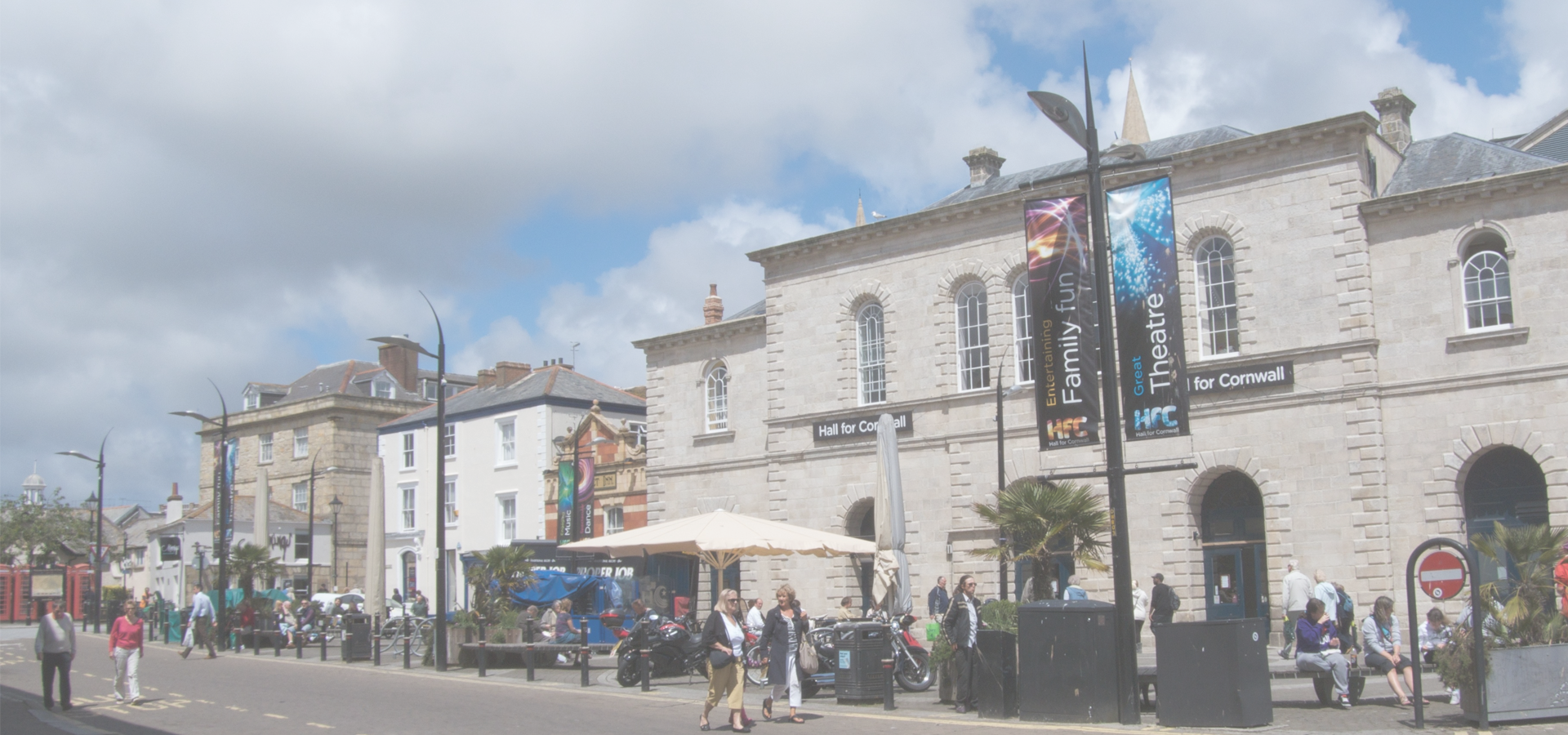Lostwithiel, Cornwall, England, United Kingdom
🏴 Lostwithiel is a civil parish and small town in Cornwall, England, United Kingdom at the head of the estuary of the River Fowey. The name Lostwithiel comes from the Cornish "lostwydhyel" which means "tail of a wooded area".
History Lostwithiel was founded in the early 12th century by Norman lords who built the nearby Restormel Castle. Lostwithiel received its town charter in 1189. In the late 13th century, Edmund, 2nd Earl of Cornwall oversaw the building of the Great Hall, the bridge and the square church tower.
The Battle of Lostwithiel, an important battle in the First English Civil War, took place near Lostwithiel in 1644. In it Parliamentarian forces defeated by the Royalists. The Parliamentarians would go on to win the war but Cornwall remained under Royalist control until 1646.
The Lostwithiel constituency elected two members to the Unreformed House of Commons, but was disenfranchised by the Reform Act 1832. It remained a municipal borough until the 1960s, when it became a civil parish. The seal of the borough of Lostwithiel was a shield charged with a castle rising from water between two thistles, in the water two fish, with the legend "Sigillum burgi de Lostwithyel et Penknight in Cornubia". Its mayoral regalia includes a silver oar, signifying its former jurisdiction over the River Fowey.
Jaques Bagratuni, a prince and ambassador of Armenia to Britain, died in Lostwithiel on 23 December 1943 but was buried at Brompton Cemetery in London.
Geography The town is situated in the Fowey river valley, positioned between the A390 road from Tavistock to Truro and the upper tidal reaches of the river.
Lostwithiel railway station is on the Cornish Main Line from Plymouth to Penzance. It is situated on the south side of the town, just across the medieval bridge. The line was originally built for the Cornwall Railway which built its main workshops here, but the surviving workshop buildings were transformed into apartments in 2004. A branch line takes china clay trains to Fowey.
The town contains the suburbs of Bridgend to the east and Rosehill and Victoria to the west of the River Fowey.
To the south of the town is the Shirehall Moor nature reserve which follows the course of the River Fowey and opens out to a wide salt marsh. The reserve is a haven for birdlife including swans, ducks, egrets, herons, kingfishers and Canada geese.
Buildings Lostwithiel's most notable buildings are St Bartholomew's Church and Restormel Castle. There is a small museum devoted to the history of the town. Once a stannary town, and for a period the most important in Cornwall, it is now much reduced in importance. There is a fine early fourteenth-century bridge with six pointed arches, and nearby the remains of the Lostwithiel Stannary Palace, with its Coinage Hall – this was the centre of royal authority over tin-mining, and 'coinage' meant the knocking off of the corner of each block of tin for the benefit of the Duchy of Cornwall. The small Guildhall has an arcaded ground floor. The old Grammar School has been converted into dwellings.
Culture The town has a playing field known as King George V Playing Field. Lostwithiel has several large parks including Coulson Park which was named after Nathaniel Coulson (the San Francisco property magnate) who was raised in Lostwithiel after being abandoned by his father.
The town is host to a number of annual cultural activities including an arts and crafts festival, a beer festival, a week-long carnival in the summer, food and cider festivals in October, and a Dickensian evening in December.
Transport From Lostwithiel railway station trains operated by Great Western Railway run approximately every two hours towards Plymouth or Penzance. Some through services to and from London Paddington station and those operated by CrossCountry between Penzance and Scotland also stop.
National Express provides a regular coach service to London which runs via Plymouth for connections to other destinations. The coach stop is located outside the Royal Talbot Hotel. Bus stops in Lostwithiel are outside the Royal Talbot Hotel and Cott Road phone box.
Europe/London/Cornwall

Lostwithiel has a population of over 4,639 people. Lostwithiel also forms part of the wider Cornwall County which has a population of over 568,210 people.
Twin Towns, Sister Cities Lostwithiel has links with:
🇫🇷 Pleyber-Christ, France🇵🇱 Busko-Zdrój 50.408
🇪🇸 Fuengirola -4.624
🇪🇸 Benalmádena -4.573
Locations Near: Lostwithiel -4.66964,50.4074
🏴 Bodmin -4.718,50.466 d: 7.4
🏴 Truro -5.051,50.263 d: 31.5
🏴 Plymouth -4.142,50.37 d: 37.6
🏴 Camborne -5.3,50.213 d: 49.7
🏴 Bideford -4.207,51.02 d: 75.5
🏴 Barnstaple -4.06,51.08 d: 86.2
🏴 Penzance -5.537,50.119 d: 69.5
🏴 Newton Abbot -3.61,50.529 d: 76.2
Antipodal to: Lostwithiel 175.33,-50.407
🇳🇿 Dunedin 170.474,-45.884 d: 19396.6
🇳🇿 Christchurch 172.617,-43.517 d: 19221.8
🇳🇿 Canterbury 171.58,-43.543 d: 19200.8
🇳🇿 Invercargill 168.373,-46.413 d: 19336.6
🇳🇿 Queenstown 168.658,-45.033 d: 19237.1
🇳🇿 Wellington 174.767,-41.283 d: 18999.6
🇳🇿 Hutt 174.917,-41.217 d: 18992.6
🇳🇿 Lower Hutt 174.917,-41.217 d: 18992.6
🇳🇿 Upper Hutt 175.05,-41.133 d: 18983.6